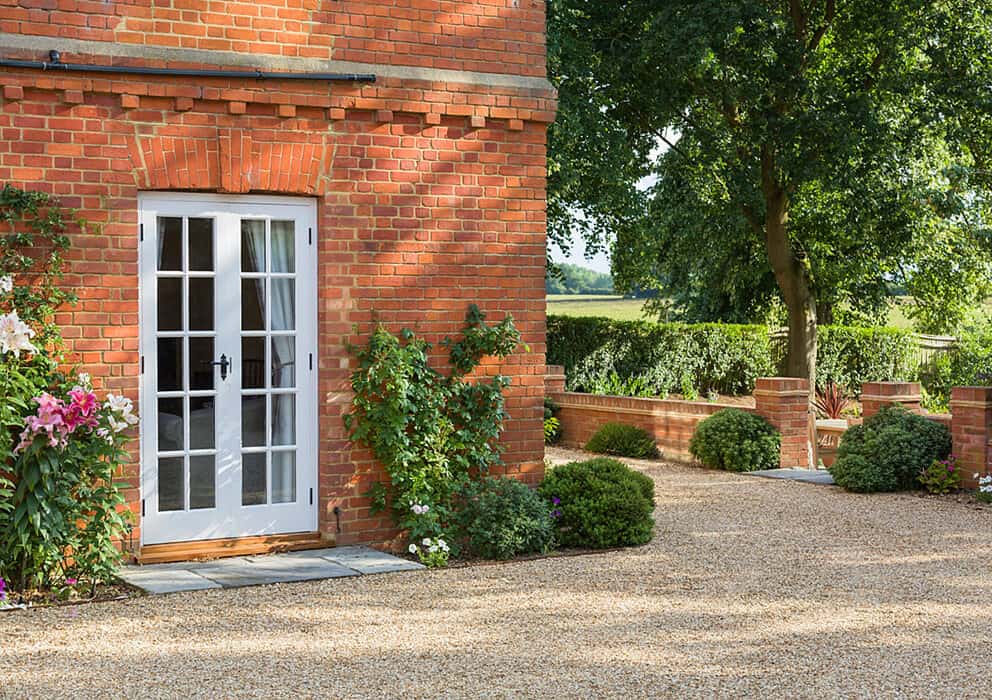
Call our team
01484 442420Find An Applicator
Menu
close

Old homes have a number of benefits over their modern counterparts. They’re packed full of character, with various features reflecting the style and character of yesteryear. You’ll typically find they’re a bit more robust than newer houses too, especially some of the fast-tracked new-builds we see today.
However, one undeniable downside of old houses is their energy efficiency. Without the same level of know-how about thermal insulation or knowledge of the best materials which we have today, older homes weren’t necessarily designed with energy efficiency in mind.
Thankfully, they’re not a lost cause. There are a number of measures you can take to make your old home more energy efficient, so you get the best of both worlds…
Without a doubt one of the easiest ways to make any home more energy efficient is by insulating the roof space. Based on the basic science of heat rising, it stops warmth from escaping your home altogether.
Loft insulation is one of the most commonly cited improvements for energy efficiency – with good reason too. It’s costs a few hundred pounds and could save you around half of that each year on your bills.
There are four main options to choose from:
Let’s face it – most people asking how to make an old home more energy efficient will already have their loft insulated. Going a bit more outside the box, you can also insulate your walls.
While cavity wall insulation is a popular option, it’s not suitable for many older homes which have solid walls. Alternatives like insulation boards can pose their own issues because they trap moisture inside your home, which is particularly problematic for old houses with already limited ventilation.
The important distinction to make is between permeable and impermeable walls. Permeable walls let moisture pass through, while impermeable walls stop it in its tracks. The latter is typically used on modern homes, which have alternative ventilation in place. Many older homes have permeable walls, which is why breathability is vital.
Thankfully, there is another option. Cork-based wall coatings can be used to significantly improve insulation in old homes. With cork being class 1 breathable, it helps the house retain heat without trapping moisture. That allows you to sidestep the issues of trapped moisture, which range from unsightly damp patches to mould and even structural damage.
SprayCork can be applied internally with a thin coating of just 8mm, so it doesn’t eat away at the space available inside your home. Alternatively, it can be applied externally as a render. Again, the coating is thinner than the alternatives so there’s no impact on windows, doors or guttering. In both cases, it can significantly improve energy efficiency for old homes with as much as 15% saved on your heating bills.
Just because your home is old, doesn’t mean you can’t take advantage of new, renewable technology. Innovations like solar panels can be fitted to any home, including older buildings, so you can generate your own electricity.
With solar panels, you can sell back any energy you don’t use to the National Grid. However, you save much more overall by using the energy you generate rather than paying for electricity at the standard rate. As such, solar batteries can help you maximise savings by storing any excess for use in the evenings and nights.
To avoid the visual impact of solar panels, you could instead opt for a heat pump. Taking heat from the ground or air, they can be used to provide hot water for your taps or distribute heat throughout your home. The government currently has a Boiler Upgrade Scheme in place, which could save you up to £7,500 on an air source or ground source heat pump when completely replacing a gas heating system.
Windows are a big culprit for heat loss, especially in older homes which have single glazing or old double-glazed windows. The single panel of glass on single-glazed windows allows heat to pass through easily (not to mention issues with noise, security and condensation). The same is true for old double glazing which lets heat escape once the seals have broken down.
If you’re searching for how to make an old home more energy efficient, old windows should be replaced with new, energy efficient fixtures wherever possible. However, for many old homes, this can be detrimental to the overall look and feel of the building. If this sounds familiar, secondary glazing could provide a practical alternative. Recommended by Historic England for old buildings, it comprises discreet internal panels which create the same effect of double-glazing without impacting your existing windows.
If you’re wondering how to make an old home more energy efficient, Corksol could provide the answer. Our interior wall coatings and external render can add much-needed insulation to your home while maintaining breathability to avoid issues with damp and mould.
With a final coating of 8mm internally, there’s no need to worry about the impact on a room or replacing fixtures and sockets. Our exterior wall coatings are similarly space-saving, as well as adding to the kerb appeal of your old home. To find out more, simply contact us online.
"*" indicates required fields